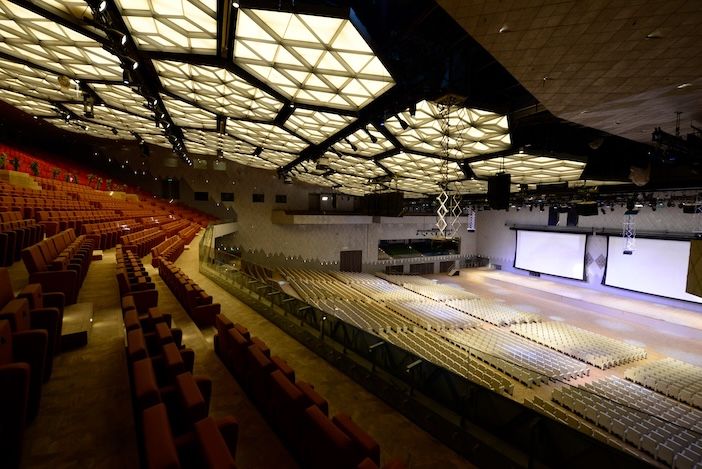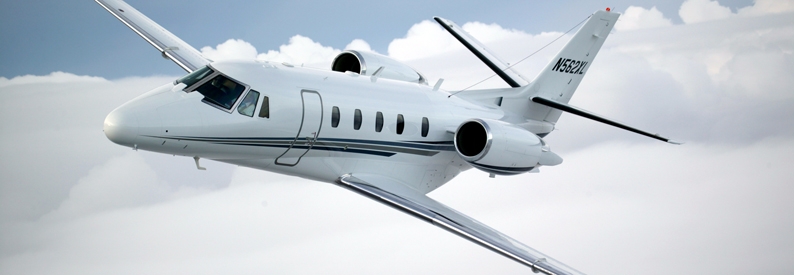The Airbus A350 Development Timeline

The Airbus A350 Overview
The Airbus A350 is the world's second-largest twinjet in production (behind Boeing's 777). It was built in response to Boeing's revolutionary and successful Boeing 787 Dreamliner as a long-range, widebody, twin-engine airliner (although it wasn't intended to be Airbus' flagship - that accolade was meant to stay with the A380). It is produced in two variants - the more common Airbus A350-900 and the larger Airbus A350-1000 (the A350-1000 is mostly used on flagship routes connecting large cities with a high percentage of premium passengers). Here is a brief overview of the A350's successful development.
Development of the A350
At first, Airbus planned to develop the A350 as a further development of its Airbus A330 family of widebody aircraft (with new composite wings and improved new engines). However, Airbus then decided to develop the jet as a clean sheet design in 2006, calling the program "XWB" for eXtra Wide Body.
Photo: Markus Mainka | Shutterstock
Airbus A350 Timeline
- 2004: Program launched
- 2005: First orders
- 2006: Funding decision
- 2012: Assembly begun
- 2013: Roll out first flight
- 2014: Certification
- 2015: Entry into service
The final quad-engined A340 rolled off the assembly lines in 2012, and in 2013, the A350 flew for the first time. It obtained its European Aviation Safety Agency certificate (EASA) in September 2014, which was quickly followed by the United States' FAA certificate. On 15 January 2015, the first A350-900 entered service with Qatar Airways (which remains one of the largest operators of the type).
Photo: Air India
The A350-900 typically carries 300 to 350 passengers, and the longer A350-1000 can carry 350 to 410 passengers (it can carry 410 passengers in a single-class configuration).
Continuing Development - A Freighter Variant
The development of the A350 is not yet complete. Airbus is ramping up its efforts to develop the A350 freighter jet variant. It is gearing up to start the final assembly of the cargo variant and plans for the first flight in 2025. In February 2024, FlightGlobal reported on the A350 freighter's expected performance and features, stating, "Launched in July 2021, the A350F is expected to enter service in 2026. It will be capable of flying 4,700nm (8,700km) with a payload of 109t, or 4,550nm with a maximum 111t load on board."
Photo: Airbus
FlightGlobal also highlighted the design advantages of the new freighter, explaining, "A five-frame, 3.2m (125in) shrink of the A350-1000 passenger aircraft, and using the same Rolls-Royce Trent XWB-97 engines, the new freighter features what Airbus claims is the largest main deck cargo door in the industry – 15% wider than the competition – and a segregated fresh air crew area."
Airbus forecasts demand for around 145 of these freighters in the Asia-Pacific for the period up to 2042 (Cathay Pacific and Singapore Airlines are among the first to place orders for it). It faces future competition with a new Boeing freighter based on the 777–8 airliner (which has attracted a similar number of orders).
The A350's Rolls-Royce Trent XWB Engines
The A350 is exclusively powered by Rolls-Royce's Trent XWB high-bypass turbofan engines. It is also the first Airbus aircraft to feature a fully integrated carbon-fiber-reinforced polymer fuselage and wing structure, which significantly enhances its fuel efficiency and reduces its environmental footprint. This technological marvel has set new standards in the aviation industry for performance, reliability, and sustainability. The Trent XWB engines, known for their whisper-quiet operation, allow the A350 to meet stringent noise regulations at airports around the globe, making it a favorite not only among airlines for its operational cost savings but also among passengers for its improved comfort levels during flight.


:max_bytes(150000):strip_icc()/GettyImages-2175886042-ac02b8f00d5446a682be3d4f3c2838ee.jpg)






